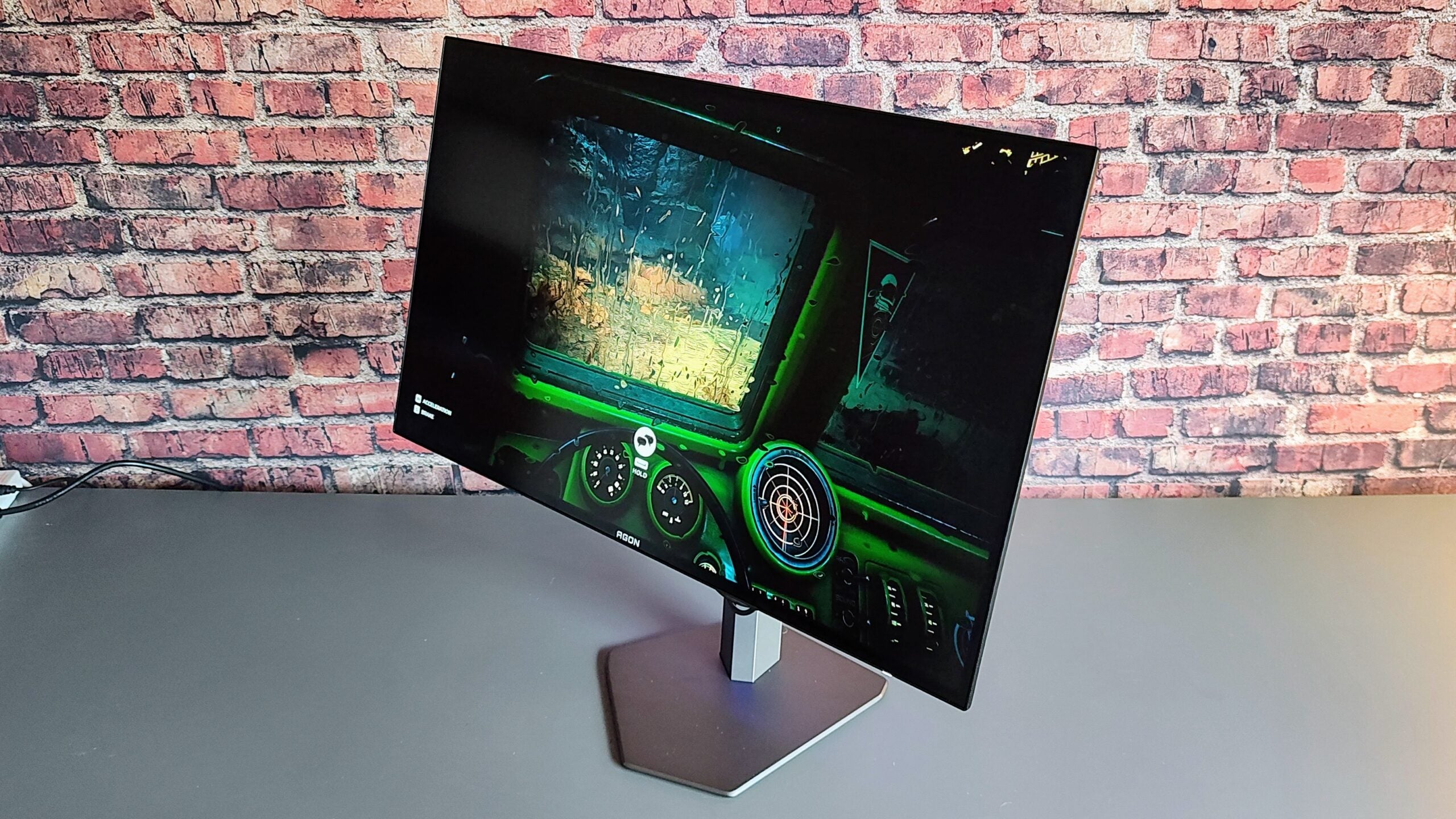Asus ProArt PA279CV Review
The latest affordable professional display from Asus
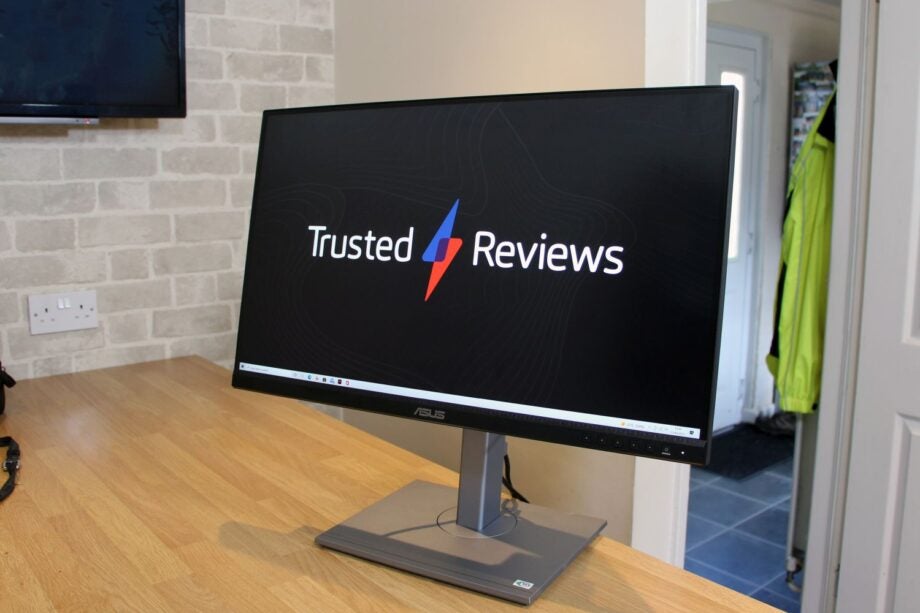
Verdict
The Asus ProArt PA279CV has top-notch mainstream image quality alongside a high resolution and versatile set of features, so it’s a good mainstream display for creative workloads – but it’s not suitable for HDR or Adobe RGB situations.
Pros
- Superb sRGB colour and contrast
- Loads of adjustment options
- Good selection of ports
- Relatively cheap for a professional display
Cons
- No real Adobe RGB ability
- Some uniformity issues
- Not bright enough for HDR
Availability
- UKRRP: £454
- USARRP: $499
- EuropeRRP: €529
Key Features
- A crisp 4K resolutionThe 3840 x 2160 resolution means crisp imagery and loads of on-screen space, and the 27in diagonal isn’t overly huge
- A more affordable pro optionThe Asus is cheaper than many of its rivals in the high-quality professional space
- Calman-certified colour qualityThe Asus is Calman-certified to provide accurate, trustworthy colours in mainstream sRGB spaces
Introduction
The Asus ProArt PA279CV is a display designed for creatives, photographers and videographers, and so it’s got to hit the mark when it comes to image quality – because it’s a matter of professional pride.
Surprisingly, though, you won’t have to shell out an absurd amount of cash to get your hands on this pro panel. It costs £454 in the UK, $499 in the US and €529 in Europe, so it’s towards the low-end of the price range for displays that have proper professional ambitions.
The key question, though, revolves around quality – and whether the Asus can deliver the goods for professionals at a relatively modest price in order to qualify for our best monitor roundup.
Design and features
- A great specification for mainstream creative workloads
- Loads of adjustability make the Asus easy to fit into your life
- Feature set isn’t quite good enough for high-end video
The Asus ProArt PA279CV delivers a solid set of features that should sate plenty of creative professionals.
The combination of a 27in diagonal and a 3840 x 2160 resolution is a winner when it comes to workloads – it’s not so huge that it’ll overwhelm your desk, and that high resolution means a density level of 163ppi.
That’s rock-solid, and it means you’ve got the fine detail needed for precise creative tasks alongside loads of on-screen real estate for spreading apps around.
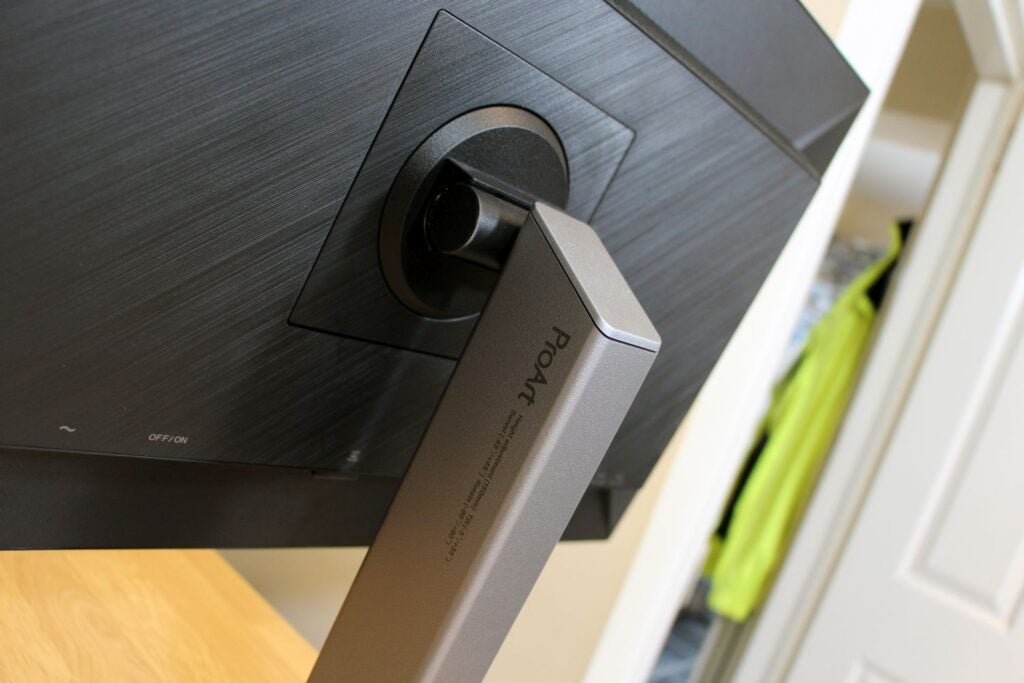
It’s also a step up from this display’s predecessor: the Asus ProArt PA278CV had a 2560 x 1440 resolution, which meant poorer detail and less room on the panel.
On the inside, the PA279CV uses IPS technology, which is no surprise – it’s the best monitor hardware for colour accuracy and viewing angles. Asus promises that this panel renders 100% of the sRGB colour gamut, and the display is Calman-certified for colour accuracy.
Unsurprisingly, the PA279CV delivers 10-bit colour rendering, so it’ll handle more than a billion different shades. It’s got a helpful non-glare surface so you won’t be bothered by reflections.
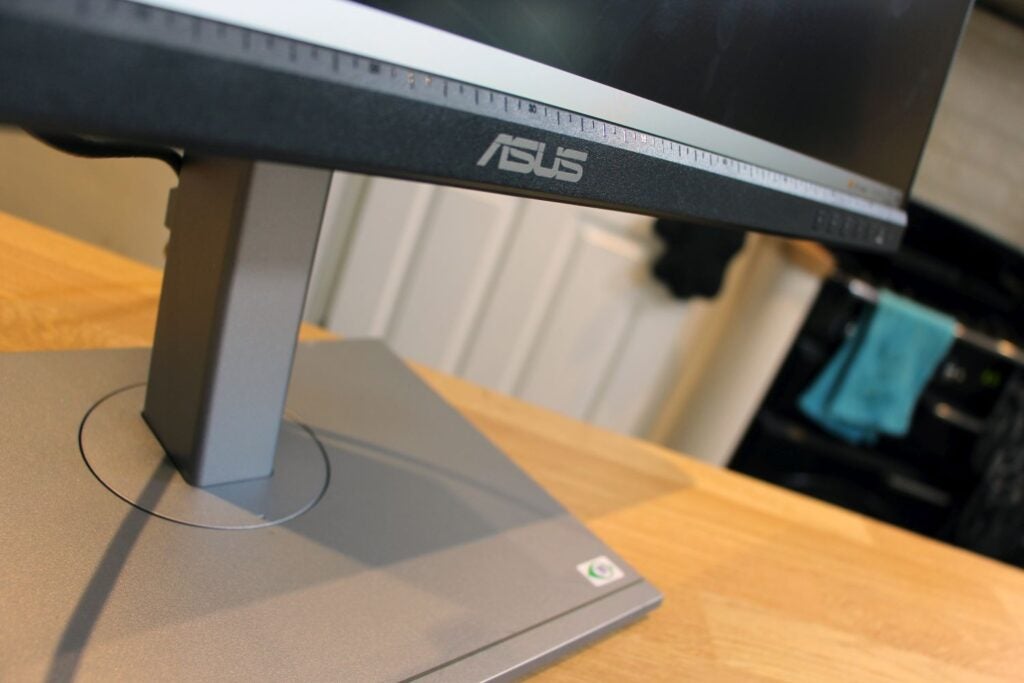
That’s a rock-solid start for creative work, but there are some areas where the PA279CV is a bit more ordinary, and some other departments where the price dictates some omissions.
The response time of 5ms is fine for everyday use, but it’s not particularly quick and you can still see a bit of ghosting when you’re moving the mouse. The Asus has adaptive sync that runs at refresh rates between 40Hz and 60Hz. That peak refresh rate provides smooth motion and is fine for mainstream animation and creative tasks, but it’s only ordinary at this price.
A move to 120Hz syncing would provide a noticeable jump in smoothness and speed. Asus has tried to fill the gap with its Rapid Rendering mode, which aims to simulate performance at higher refresh rates, but it’s not as capable as just having a better refresh rate peak. It’s not a big deal now, because most animation and broadcasting situations still use framerates far below 60fps, but a higher native refresh rate would have allowed better future-proofing and for more use in certain tasks, like game development. It just looks better, too.
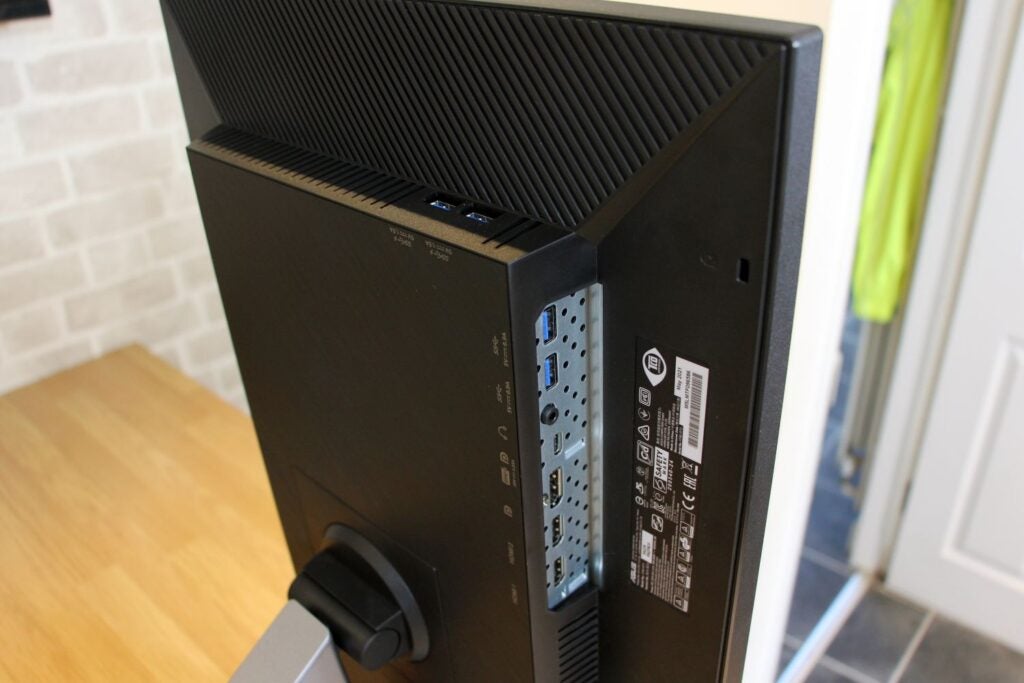
The 60Hz peak is paired with loads of video and broadcast-centric preset modes. There’s the conventional sRGB choice and the HDR-friendly DCI-P3 setting, and the Asus also has options for the broadcast-friendly DICOM and Rec. 709 colour spaces.
But there’s one major omission here: an Adobe RGB mode. That means the PA279CV is less suitable for designers who need accuracy in Adobe Creative Suite.
On the outside the ProArt has a sleek metallic stand, slim bezels and a sturdy body – it’ll look at home in a professional setting and its subtle design won’t attract attention.
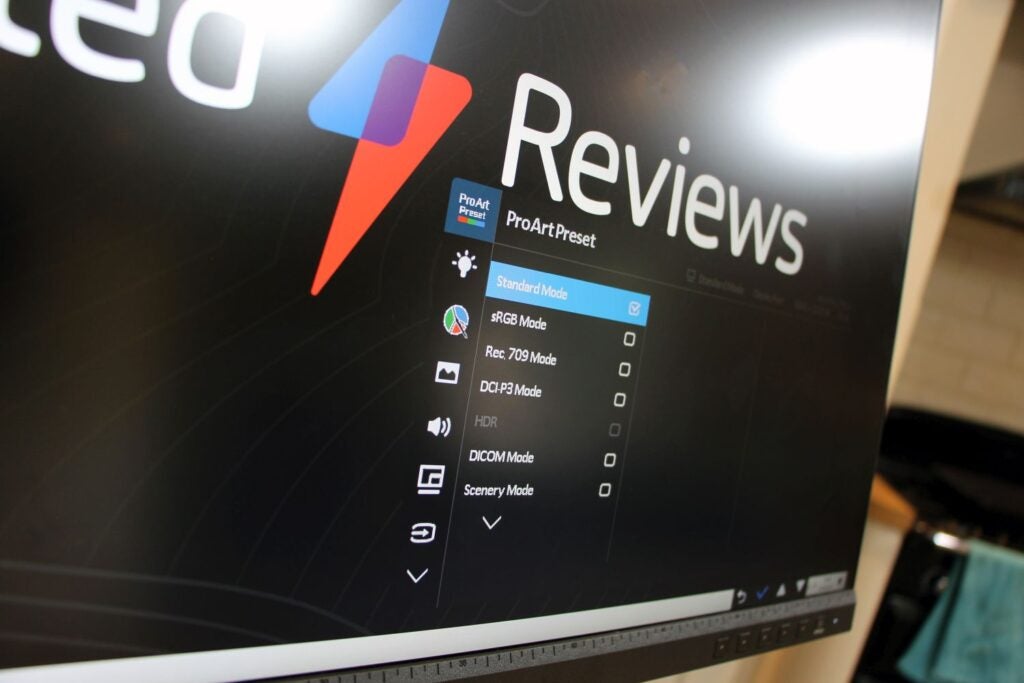
Instead, Asus has concentrated on practical features. The PA279CV has two HDMI ports and a DisplayPort 1.2 connection alongside a USB-C port that handles DisplayPort, data transfer and a solid 65W of power delivery – enough to run a laptop or charge a phone. There are four full-size USB ports on this panel, with a pair of them handily installed on the side of the display.
There are plenty of ergonomic options too. The Asus has a generous 150mm of height adjustment alongside tilt and swivel movement, and it can swing into portrait mode. It also supports VESA mounting. The bottom bezel is designed as a ruler, and there’s a neat tool where a grid can be overlaid on the display at various common sizes.
Image quality
- Superb sRGB image quality, with great accuracy, contrast and depth
- Not enough brightness or gamut ability for HDR or Adobe RGB tasks
- Uniformity is OK, but not quite good enough for tougher tasks
The Asus ProArt PA279CV delivered excellent image quality out of the box. Its Delta E of 1.04 is top-notch, and way better than the sub-2.0 figure promised by Asus.
Combine this with the near-perfect colour temperature of 6477K and the fantastic Gamma average of 2.21 and you’ve got a screen that renders colours with a pixel-perfect level of accuracy.
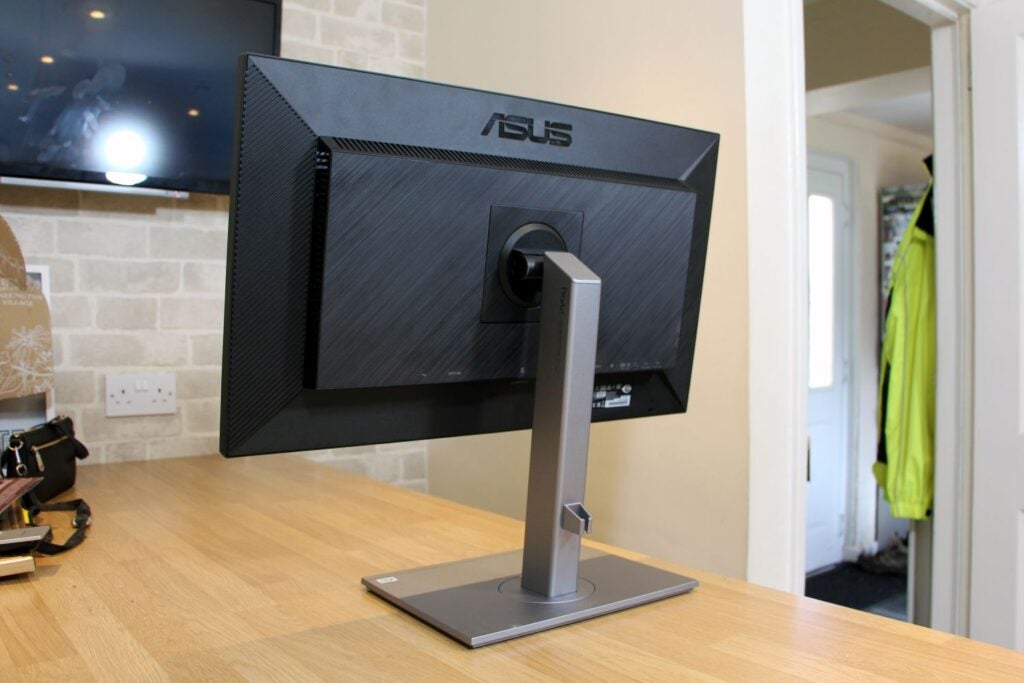
The PA279CV delivered a brightness level of 310 nits and a black point of 0.3, and they created a contrast ratio of 1033:1. That’s a good result and it means that you get great vibrancy and nuance without the display becoming oversaturated. The black point could be a bit better, though – a little more depth would have been welcome.
Still, that’s a minor complaint that won’t halt creative and colour-sensitive workloads. The quality levels were maintained with the display dialled back to half of its original brightness level, which is more suitable for an everyday office environment. At the other end of the scale the PA279CV hits a maximum brightness level of 373 nits. That’s bold, but largely pointless – too bright for everyday work but not bright enough to enable proper HDR use.
Gamut tests only confirmed the Asus’ lack of HDR ability. The PA279CV rendered a superb 98% of the sRGB space at 110% volume, but the screen only displayed 77.9% of the DCI-P3 gamut and 74.5% of the Adobe RGB space. So while you can theoretically use the DCI-P3 preset to work in HDR content on this panel, it won’t display well. This is not the screen to buy for HDR or Adobe RGB workloads.

The Asus ProArt PA279CV undermined its superb sRGB results in uniformity tests, too. The backlight loses 13% of its strength in the bottom-left corner, which is middling, but 20% of the backlight vanishes in the middle of the right-hand side and 17% is lost in the bottom-right corner.
It won’t be problematic for many mainstream work tasks, but it’s not good enough if you need every bit of accuracy possible. For high-end professional workloads, I’d prefer uniformity deviations to sit below 10%.
The PA279CV is a good professional screen for the price, but it’s better-suited to mainstream creative tasks and video work than anything truly high-end or anything that needs HDR or Adobe RGB ability. The modes and features support those aspirations, and they’re underlined by superb sRGB colour accuracy and contrast, alongside some underwhelming performance in trickier departments.
Latest deals
Should you buy it?
You want a good-quality pro display for mainstream tasks:
The Asus nails the sRGB gamut and has a versatile design, so it’s ideal for photo, video and creative work in mainstream situations
You need HDR or Adobe RGB ability:
The affordable Asus doesn’t have the brightness, nuance or colour depth for broader gamuts. If you need that you’ll need to spend more.
Final Thoughts
The Asus ProArt PA279CV offers great mainstream image quality, a high resolution and loads of versatility for a good price, so it’s a solid option for mainstream creative work. But you’ll need to spend more if your workflow demands high-end ability, like HDR or Adobe RGB prowess
How we test
We use every monitor we test for at least a week. During that time, we’ll check it for ease of use and put it through its paces by using it for both everyday tasks and more specialist, colour-sensitive work.
We also check its colours and image quality with a colorimeter to test its coverage and the display’s quality.
We use as our main monitor for at least a week.
We used a colorimeter to get benchmark results.
Used our own expert judgement for image quality
FAQs
The Asus is protected by a generous three-year warranty.
The Asus is 614mm wide, 228mm deep and has a maximum height of 524mm, and it weighs 8.6kg.
The Asus arrives with DisplayPort, HDMI and USB-C cables alongside a colour report.


